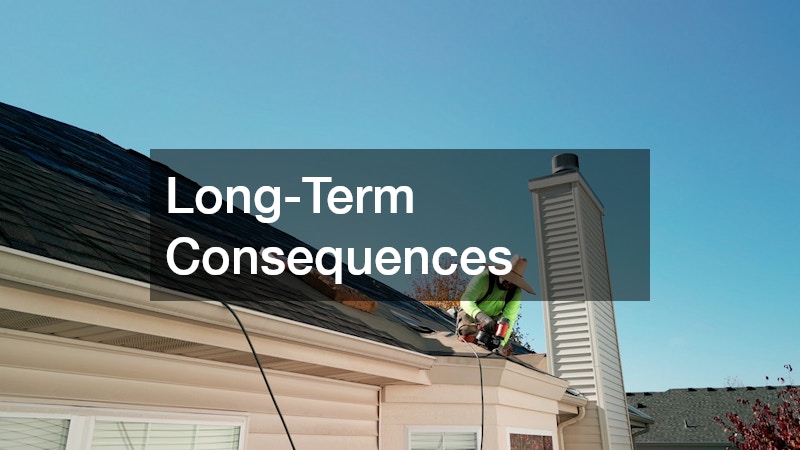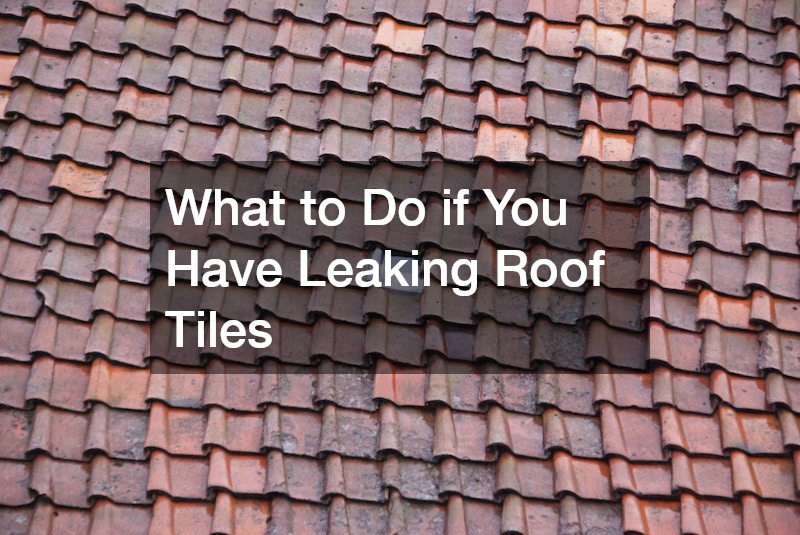Dealing with a roof leak can be a homeowner’s nightmare, potentially leading to serious structural damage if not addressed promptly. This article discusses the key signs of a roof leak, common causes, and when it is essential to bring in professional assistance. Properly managing roof leaks can prevent further damage, preserve the structural integrity of your home, and save you from costly repairs down the line.
How to Identify a Roof Leak
Signs of Roof Leakage
The earliest signs of a roof leak often appear inside the home, manifesting as water stains on the ceiling or walls. You may also notice mold growth or a musty odor, particularly in attics or upper floors where moisture has infiltrated.
Additionally, water spots or streaks down walls can indicate seepage points, marking the need for a closer inspection of your roof.
Recognizing these early warning signs can prevent minor issues from evolving into major repair projects. Some homeowners find small puddles or drips in the attic during heavy rain, a definitive signal of roof failure. It’s crucial to address these signs promptly to avoid escalating the damage and expense associated with long-term water intrusion.
Common Causes of Roof Leaks
Several factors can contribute to roof leaks, the most prevalent being damaged or missing shingles. Over time, shingles may become brittle and crack, creating entry points for water during storms. Another significant cause of leaks is improperly installed or deteriorated flashing, which is essential for sealing off areas where the roof plane intersects with walls or turrets.
Clogged gutters can exacerbate the problem by preventing water from draining properly from the roof. When gutters overflow, water can back up onto the roof or seep into the eaves, leading to leaks. The buildup of debris and leaves in gutters during rainy seasons is a common issue that homeowners should monitor to prevent water from damming at the roof’s edge.
Professional Intervention
Pros and Cons of DIY Roof Repair
Taking the DIY approach can be tempting due to the potential cost savings; however, it’s important to weigh the risks involved. While patching small leaks or replacing a few shingles might be manageable for a skilled DIYer, improper repairs can result in more damage and higher repair costs in the future. Furthermore, the lack of specialized tools and safety equipment can pose significant hazards.
Understanding the limitations of DIY methods is crucial. Without professional training, assessing the full scope of a leak is challenging, and hidden damage often goes unnoticed until it becomes severe. Also, warranty issues might arise if repairs are done incorrectly, leading to voided guarantees on roofing materials.
When to Call a Professional Roofer
Determining the need for a professional roofer depends largely on the complexity and scale of the leak. If there’s extensive damage to the roof structure or areas are simply inaccessible, professional intervention becomes paramount. Roofers have the expertise and equipment necessary to navigate steep roof angles and identify underlying problems that a layman might overlook.
Furthermore, certain repairs require specialized knowledge that only experienced roofers possess, especially when dealing with roofing materials like slate or tile that demand specific techniques. Enlisting a qualified roofer ensures repairs are compliant with building codes and standards, providing peace of mind about the integrity of your repairs. For instance, when widespread leaks threaten the interior of the home, swift professional action is vital to prevent significant water damage.
Cost Implications of Not Hiring a Roofer
Short-Term Costs
Failing to address roof leaks promptly can lead to immediate financial outlays that a professional intervention might have prevented. Initial short-term costs include damaged interior elements such as paint, insulation, or drywall. Often, these costs are compounded by increased utility bills due to poorly insulated spaces resulting from water damage.
Moreover, secondary expenses may materialize from temporary living arrangements if a leak renders parts of the home uninhabitable. Quick fixes may seem economical, but often only mask the symptoms of underlying issues, leading to recurring expenses as the problem inevitably resurfaces. A delayed response can also mean costlier emergency repairs during inclement weather when conditions for working on the roof are perilous.
Long-Term Consequences
Ignoring roof leaks not only incurs short-term costs but also harbors potential for severe long-term repercussions. Structurally, persistent leaks weaken key areas such as the roof deck, leading to costly repairs or premature full roof replacements. Water infiltration encourages rot and mold, which compromise air quality and threaten occupants’ health.
Over time, neglected leaks can extend damage throughout the building, affecting foundational elements due to persistent moisture exposure. The depreciation of property value is another critical consideration as visible signs of leakage deter prospective buyers and reduce the home’s marketability. Insurance premiums may increase as well, as insurers often regard poorly maintained roofs as high-risk policies.
Identifying and managing roof leaks is an imperative responsibility for homeowners to ensure the safety and longevity of their properties. While DIY remedies might seem appealing, knowing when to engage a professional is crucial in averting extensive damage and high repair costs. Immediate action paired with expert roofing services secures your home from the financial and structural adversities that unattended leaks can instigate, safeguarding your home investment.




